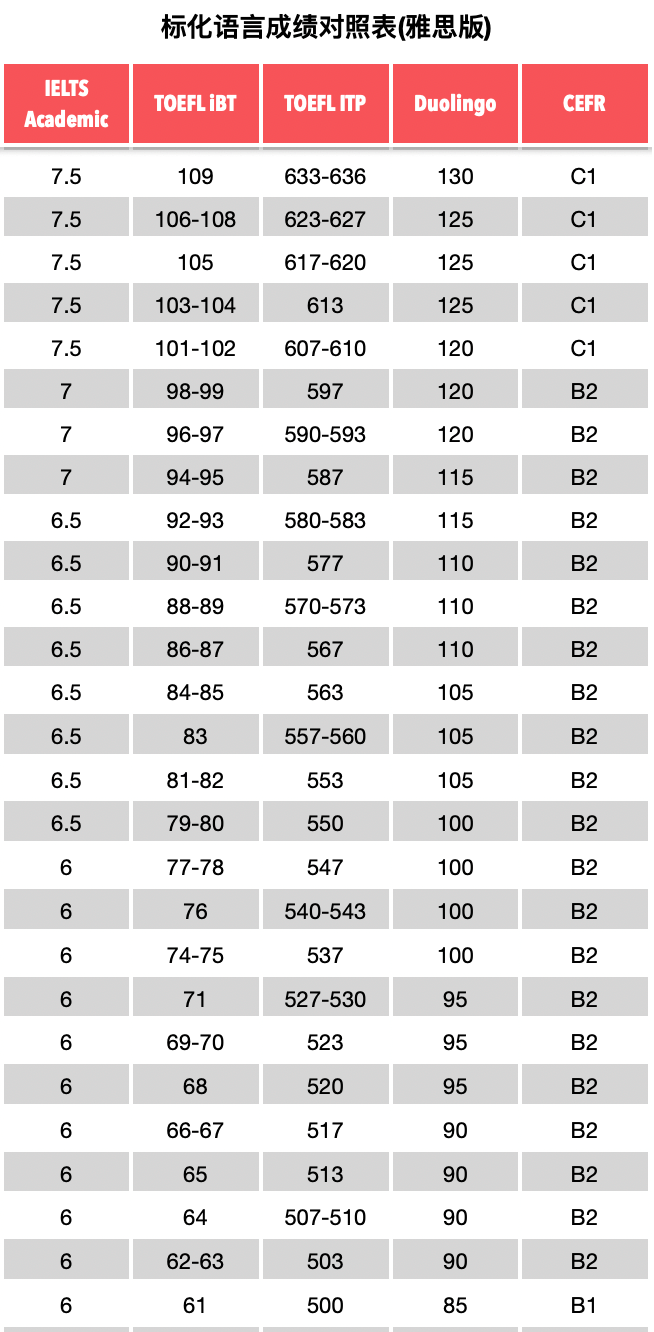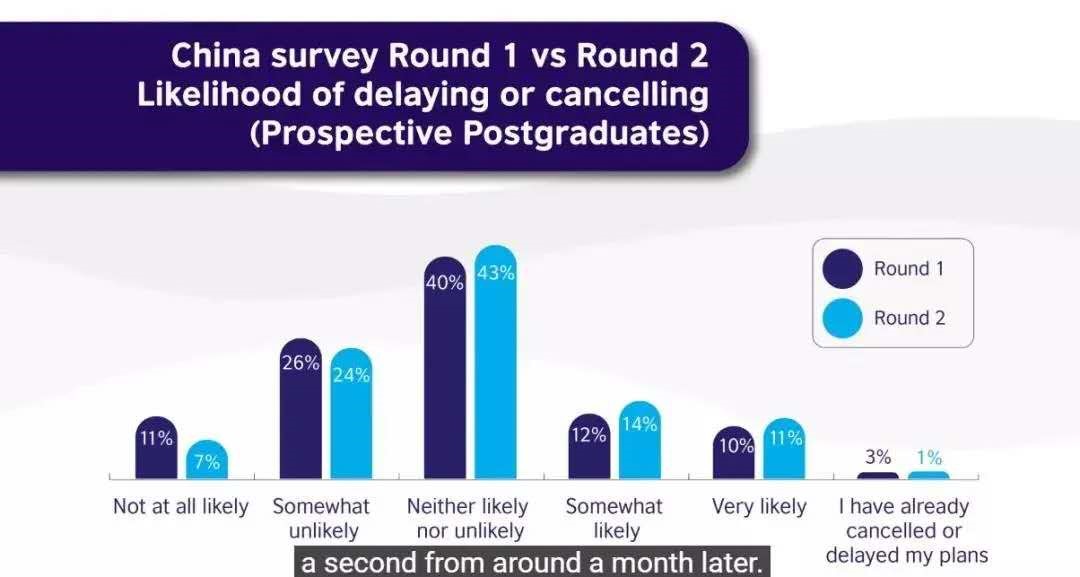基础弱怎么办? 怎样备考雅思,今天小编给大家带来基础弱怎么备考雅思,希望能够帮助到大家,下面小编就和大家分享,来欣赏一下吧。
基础弱怎么备考雅思
听力
从最基础的说起,听力词汇不得不背,我当时刷了至少5遍的语料库,什么叫真正记住一个单词?那就是听到这单词的发音,你能写出来并知道它的意思。所以千万别偷懒,一定要有词汇量。对待一个听力单词,做到一听到发音,快速反应意思和拼写。在记住听力词汇的同时,还有一个致命的关键就是同义替换。你要把这些词汇,特别是名词、形容词的同义替换记住,说到底,听力考的就是一个同义替换。
口语
口语就是要准备所有的topic的,毕竟我们对于英语来说是个外国人,但是好在我们有所有的话题卡,可以事先准备。至于训练方法,我觉得口语,肯定是需要你流利地表达自己的想法,所以练习是一定不能缺少的。建议找一个陪你练习的小烤鸭,可以安排在晚上,大家都有空,进行视频或是语音通话,进行一轮一轮的你问我答,这样有利于发现自己的发音问题和句子停顿错误。还可以提高自己对问题的反应灵敏度。
阅读
阅读方面,中国考生的阅读能力都是杠杠的。其实这也是因为,阅读题是我们从小学习英语中就反复练习的题目,我们最不怵,也最不相信自己做不好。其实我觉得想要提高阅读就是把单词量提高的问题,如果想要冲击阅读的高分,应该把长难句也理顺,需要对文章培养一定的感觉,这种感觉可以从平常的每日阅读习惯中培养出来。想提醒大家的是,平时训练的时候在保证正确率的基础上提高自己的做题速度。在考试的时候,我是没有全部做完,但是做完的那些的正确率一定是很高的,如果真碰到时间来不及的,一定是先做填空题,选择题可以猜。
写作
关于写作,我想强调的两点是,写作=逻辑思路+素材,写作的思路很重要。对大作文来讲,文章的结构是总分总的比较多,一般开头一段,中间两段或者三段,最后一段。开头一段都是改写题目,不同的题型(argumentation/report/discuss类)会有不同的思路,但是对于每一个段落,一定是开头一句是主题句(就是接下来这段你要讲什么),也是按照总分的结构。所以如果你想凑字数,也可以在每段的最后再点一下前面的主题句,但是一定是转换一下句子结构的哈。最后一段总结的就是把你的观点再换一种方法进行阐述一下即可。
从小作文来看,小作文是比较死板的。积累各种说明文的上升下降,剧变啥的表达词汇和句型。在清楚写作骨骼的前提下,再来补充血肉和灵魂,然后积累范文里面的好句子。有了骨架,写作材料就是血和肉,你的主题思想就是写作思路就是你整篇文章的灵魂,三者缺一不可。
关于写作的训练,想说的话就是:一定要练习!可以找一个伙伴互相监督,互相批改,在严格的时间内完成,然后两个人进行讨论修改,再写,再改。也不需要套模板,明白了写作模式,有了框架,再加上题目的写作思路,有了灵魂,再加上你的词句,有了血肉,就变成了你自己的模板。
复习时间安排
复习时推荐一天的时间合理分配到听力、阅读、口语和写作四项上。分配的时间是2小时阅读、2.5小时听力、1小时的口语和1.5小时的写作。最后,祝大家考到理想的成绩!
雅思阅读全真练习系列:Time to cool it
Time to cool it
1 REFRIGERATORS are the epitome of clunky technology: solid, reliable and just a little bit dull. They have not changed much over the past century, but then they have not needed to. They are based on a robust and effective idea--draw heat from the thing you want to cool by evaporating a liquid next to it, and then dump that heat by pumping the vapour elsewhere and condensing it. This method of pumping heat from one place to another served mankind well when refrigerators' main jobs were preserving food and, as air conditioners, cooling buildings. Today's high-tech world, however, demands high-tech refrigeration. Heat pumps are no longer up to the job. The search is on for something to replace them.
2 One set of candidates are known as paraelectric materials. These act like batteries when they undergo a temperature change: attach electrodes to them and they generate a current. This effect is used in infra-red cameras. An array of tiny pieces of paraelectric material can sense the heat radiated by, for example, a person, and the pattern of the array's electrical outputs can then be used to construct an image. But until recently no one had bothered much with the inverse of this process. That inverse exists, however. Apply an appropriate current to a paraelectric material and it will cool down.
3 Someone who is looking at this inverse effect is Alex Mischenko, of Cambridge University. Using commercially available paraelectric film, he and his colleagues have generated temperature drops five times bigger than any previously recorded. That may be enough to change the phenomenon from a laboratory curiosity to something with commercial applications.
4 As to what those applications might be, Dr Mischenko is still a little hazy. He has, nevertheless, set up a company to pursue them. He foresees putting his discovery to use in more efficient domestic fridges and air conditioners. The real money, though, may be in cooling computers.
5 Gadgets containing microprocessors have been getting hotter for a long time. One consequence of Moore's Law, which describes the doubling of the number of transistors on a chip every 18 months, is that the amount of heat produced doubles as well. In fact, it more than doubles, because besides increasing in number, the components are getting faster. Heat is released every time a logical operation is performed inside a microprocessor, so the faster the processor is, the more heat it generates. Doubling the frequency quadruples the heat output. And the frequency has doubled a lot. The first Pentium chips sold by Dr Moore's company, Intel, in 1993, ran at 60m cycles a second. The Pentium 4--the last "single-core" desktop processor--clocked up 3.2 billion cycles a second.
6 Disposing of this heat is a big obstruction to further miniaturisation and higher speeds. The innards of a desktop computer commonly hit 80℃. At 85℃, they stop working. Tweaking the processor's heat sinks (copper or aluminium boxes designed to radiate heat away) has reached its limit. So has tweaking the fans that circulate air over those heat sinks. And the idea of shifting from single-core processors to systems that divided processing power between first two, and then four, subunits, in order to spread the thermal load, also seems to have the end of the road in sight.
7 One way out of this may be a second curious physical phenomenon, the thermoelectric effect. Like paraelectric materials, this generates electricity from a heat source and produces cooling from an electrical source. Unlike paraelectrics, a significant body of researchers is already working on it.
8 The trick to a good thermoelectric material is a crystal structure in which electrons can flow freely, but the path of phonons--heat-carrying vibrations that are larger than electrons--is constantly interrupted. In practice, this trick is hard to pull off, and thermoelectric materials are thus less efficient than paraelectric ones (or, at least, than those examined by Dr Mischenko). Nevertheless, Rama Venkatasubramanian, of Nextreme Thermal Solutions in North Carolina, claims to have made thermoelectric refrigerators that can sit on the back of computer chips and cool hotspots by 10℃. Ali Shakouri, of the University of California, Santa Cruz, says his are even smaller--so small that they can go inside the chip.
9 The last word in computer cooling, though, may go to a system even less techy than a heat pump--a miniature version of a car radiator. Last year Apple launched a personal computer that is cooled by liquid that is pumped through little channels in the processor, and thence to a radiator, where it gives up its heat to the atmosphere. To improve on this, IBM's research laboratory in Zurich is experimenting with tiny jets that stir the liquid up and thus make sure all of it eventually touches the outside of the channel--the part where the heat exchange takes place. In the future, therefore, a combination of microchannels and either thermoelectrics or paraelectrics might cool computers. The old, as it were, hand in hand with the new.
(830 words)
Questions 1-5 Complete each of the following statements with the scientist or company name from the box below.
Write the appropriate letters A-F in boxes 1-5 on your answer sheet.
A. Apple
B. IBM
C. Intel
D. Alex Mischenko
E. Ali Shakouri
F. Rama Venkatasubramanian
1. ...and his research group use paraelectric film available from the market to produce cooling.
2. ...sold microprocessors running at 60m cycles a second in 1993.
3. ...says that he has made refrigerators which can cool the hotspots of computer chips by 10℃.
4. ...claims to have made a refrigerator small enough to be built into a computer chip.
5. ...attempts to produce better cooling in personal computers by stirring up liquid with tiny jets to make sure maximum heat exchange.
Questions 6-9 Do the following statements agree with the information given in the reading passage?
In boxes 6-9 on your answer sheet write
TRUE if the statement is true according to the passage
FALSE if the statement is false according to the passage
NOT GIVEN if the information is not given in the passage
6. Paraelectric materials can generate a current when electrodes are attached to them.
7. Dr. Mischenko has successfully applied his laboratory discovery to manufacturing more efficient referigerators.
8. Doubling the frequency of logical operations inside a microprocessor doubles the heat output.
9. IBM will achieve better computer cooling by combining microchannels with paraelectrics.
Question 10 Choose the appropriate letters A-D and write them in box 10 on your answer sheet.
10. Which method of disposing heat in computers may have a bright prospect?
A. Tweaking the processors?heat sinks.
B. Tweaking the fans that circulate air over the processor抯 heat sinks.
C. Shifting from single-core processors to systems of subunits.
D. None of the above.
Questions 11-14 Complete the notes below.
Choose one suitable word from the Reading Passage above for each answer.
Write your answers in boxes 11-14 on your answer sheet.
Traditional refrigerators use...11...pumps to drop temperature. At present, scientists are searching for other methods to produce refrigeration, especially in computer microprocessors....12...materials have been tried to generate temperature drops five times bigger than any previously recorded. ...13...effect has also been adopted by many researchers to cool hotspots in computers. A miniature version of a car ...14... may also be a system to realize ideal computer cooling in the future.
基础弱怎么备考雅思相关文章:
★ 扒一扒雅思考试备考的那些误区
★ 听力备考指南:雅思听力练习五步法
★ 英语口语
基础弱怎么备考雅思
上一篇:雅思考试真的存在压分吗
下一篇:雅思A类和G类阅读考试简介






